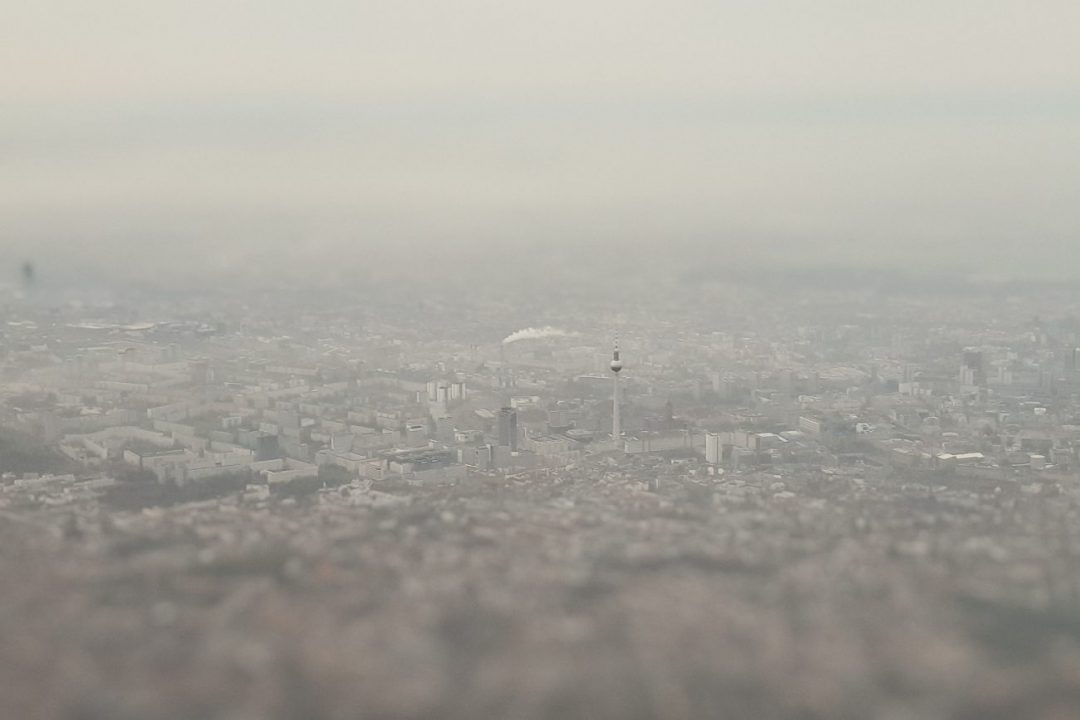
When working in the arts, one is often confronted with an urgency to address current political and social events. Doubly so, when working internationally, be it through collaborations with international artists or by working in a foreign country. Doubts about your own Efficacy are manifold, even more so as a student, and even more so if the issues that are politically and emotionally close to home happen thousands of miles away, or in a context that is alien to your own surroundings.
How to respond, artistically, to international political events, remains a deeply individual decision. However, knowing of, and discussing those same events are part of any reasonable cultural discourse. Art and cultural authorship always has a political component to it.
Political action often originates from young people in their early 20s or sometimes even younger. Those of you who see themselves part of this new generation of activists face a tougher challenge than I ever had to face in my twenties: there is more information, and faster information transmission than ever before. This adds to the burden of emotional investment in actions that happen live, right now, while at the same time, it generates a perceived lack of power to meaningfully engage in any of them.
In no particular order, here are some of the civil unrest events (excluding outright war) with profound impact for our students, staff, faculty and often their family and friends from around the world, just from last week’s social media (twitter, facebook, instagram) timeline:
Protests in Lebanon:
Thread for my non-Lebanese followers on on-going protests in #Lebanon.
— Ibrahim Halawi (@Ibrahimhalawi) October 18, 2019
1. It did not start yesterday. Different sectors/syndicates/groups have been staging limited protests against harsh austerity measures; demanding that the corrupt elite start with themselves.#لبنان_ينتقض pic.twitter.com/Byo1lKKLgO
Protests in Santiago de Chile:
#EvasionMasivaALas18 for three days there has been a developing movement in Santiago de Chile against metro fare increases. Starting with secondary school students and now becoming more general, mass non payment of fares has been organised pic.twitter.com/dgp6Pa70tq
— Jorge Martin (@marxistJorge) October 17, 2019
Continuing protests in Hong Kong:
The people of Hong Kong have a right to free expression.
— Chuck Schumer (@SenSchumer) October 17, 2019
We stand with them. The Chinese Communist Party must be held accountable.@SenateMajLdr McConnell: The House just passed the Hong Kong Human Rights and Democracy Act. Time for the Senate to vote!https://t.co/FAHRzsxzeX
There are many more. I am aware that leaving out any single one is negating the emotional impact of violence against a group of people we should feel solidarity towards.
This newfound, mediated agency, often shows itself in the most unexpected places, and both in unexpectedly wonderful and horrible ways (Zeynep Tufekci in Wired):
“Somewhat paradoxically the capabilities that fueled their organizing prowess sometimes also set the stage for what later tripped them up, especially when they were unable to engage in the tactical and decision-making maneuvers all movements must master to survive. It turns out that the answer to “What happens when movements can evade traditional censorship and publicize and coordinate more easily?” is not simple.”
As a Professor, I am not in a position to advocate for or against individual political action of others (except when a certain, very German, threshold is crossed). But I see it as my professional duty to provide space for political discourse as an entangled necessity to artistic work. As a media scholar, I am aware that this discourse often seems to lack the immediacy of direct action. Reading texts and learning about technological systems is seemingly the antithesis to direct engagement. Yet it provides an understanding of contemporary possibilities for agency in evermore mediated communal spaces. And I argue that without this thoroughness, and without a layered and detached understanding of this very entanglement, action will fall short.
I have many issues with the following text, mainly its argument rooting, as always, in Walter Benjamin, and its rigid systemic structuralist views, but it is a good starting point for a discussion of art and artistic agency (Boris Groys in e-flux):
“But art activism cannot escape a much more radical, revolutionary tradition of the aestheticization of politics—the acceptance of one’s own failure, understood as a premonition and prefiguration of the coming failure of the status quo in its totality, leaving no room for its possible improvement or correction. The fact that contemporary art activism is caught in this contradiction is a good thing. First of all, only self-contradictory practices are true in a deeper sense of the word. And secondly, in our contemporary world, only art indicates the possibility of revolution as a radical change beyond the horizon of our present desires and expectations.”
Another text, as good a contrast to the above as any, and outlining the limits of political art would be this one: (Cristina Bogdan in Revista ARTA)
“In fact, Transmediale succeeded in making the digital turn seem like the least radical event in history; it became an excuse for scared Europeans to mourn their loss of privilege and mimic an engagement with social issues all over the globe, specifically the migration disaster. Between these two poles – technology and society – the only connection I could pick up was, you guessed it, capitalism.”
This is all for today and obviously not enough. This will never vanish and is part of everything, always, right now.
